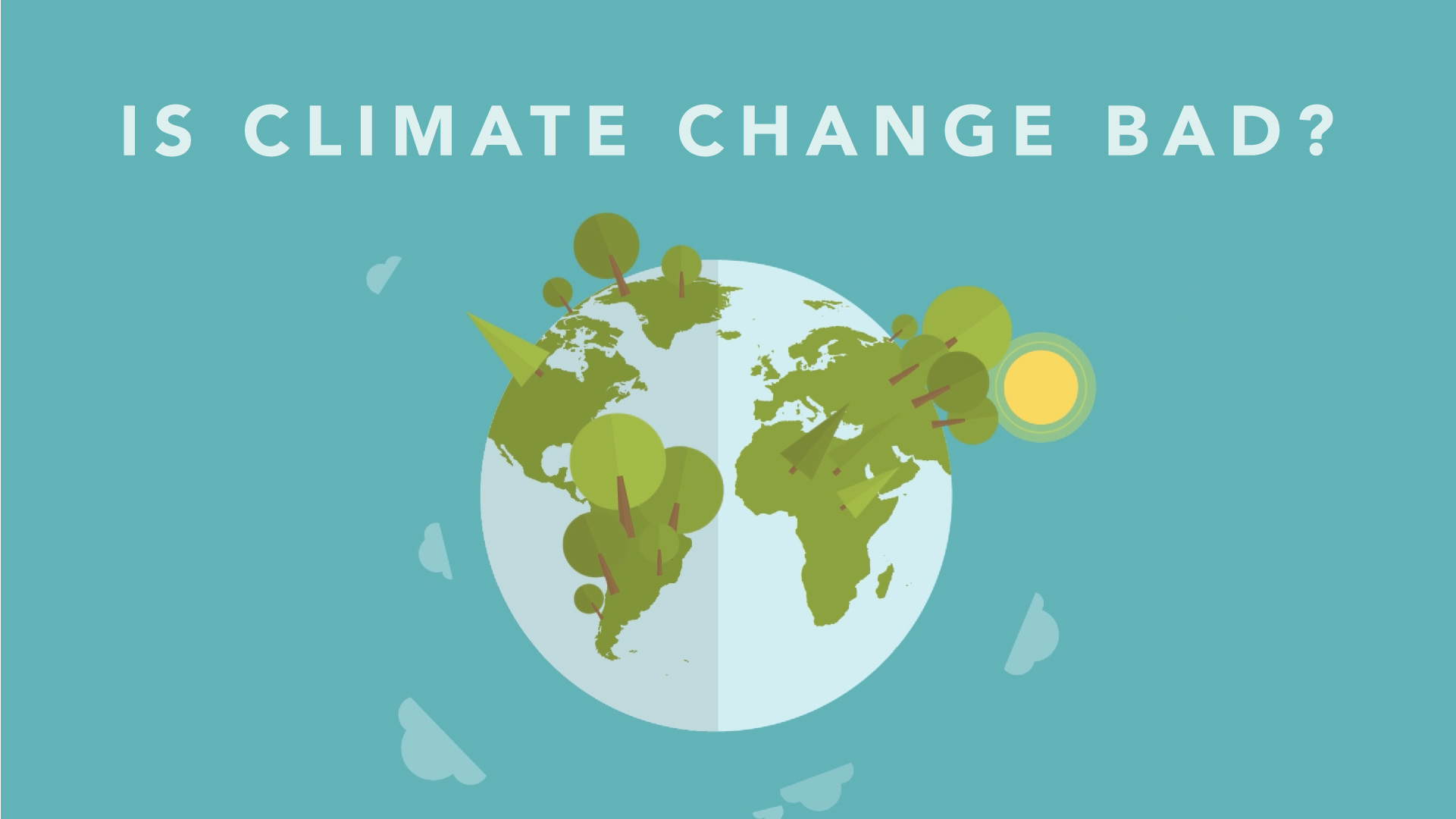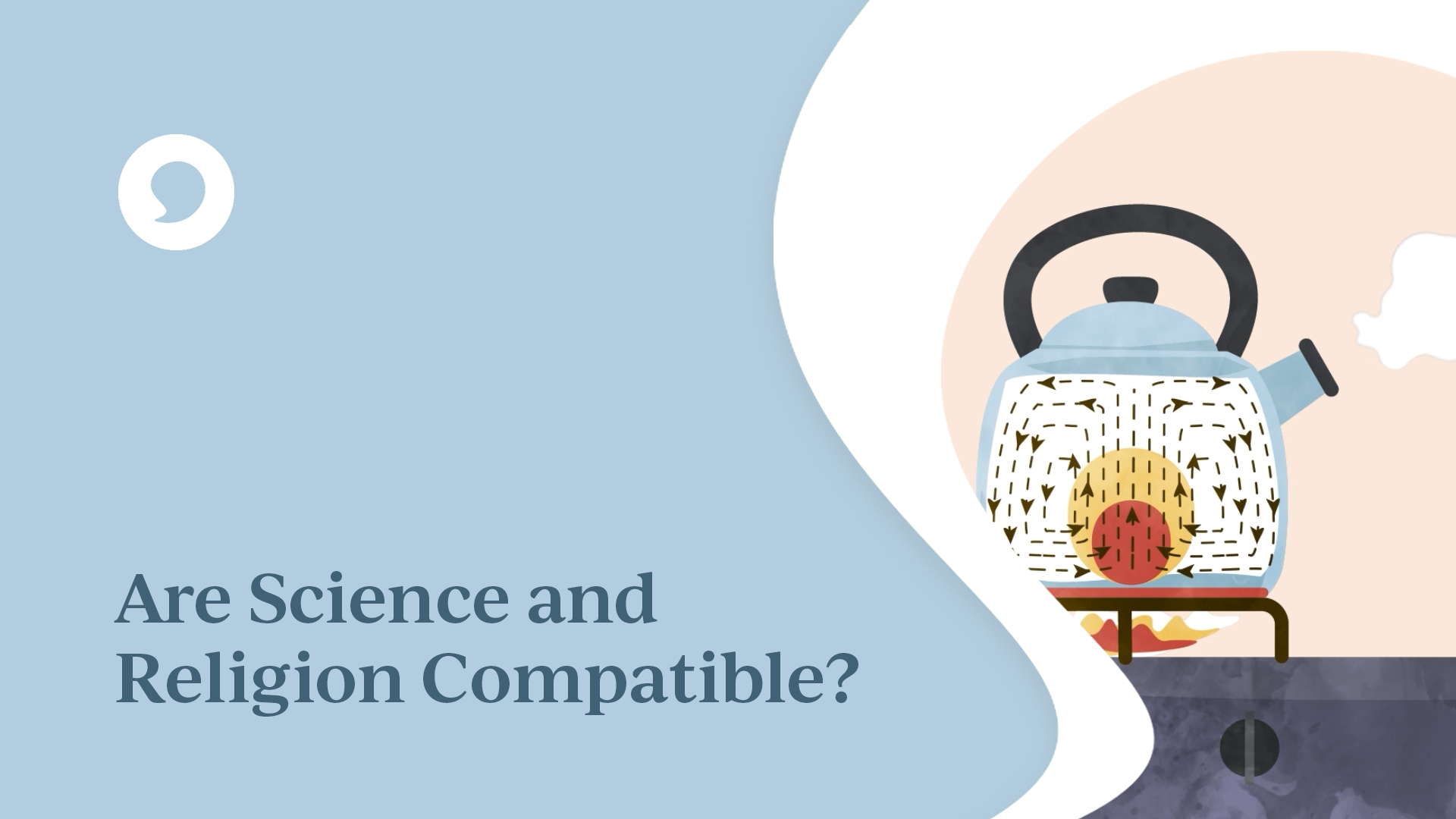You’re in a conversation and someone says, “We need to do anything and everything to stop climate change.”
What would you say?
From the global Paris Climate Accord, to demands that we all buy LED lightbulbs, concerns about climate change have shaped government policies and personal choices alike.
We should care about the environment. After all, animals, plants, and human beings all need clean water and clean air to flourish.
So, the next time you’re in a conversation about climate change, remember to look for clarity on the current situation by asking these two questions:
1. Is the Earth warming? How do the current warming patterns compare to other times of warming throughout history?
2. Are we causing it? Is the current warming pattern caused by things within our control, or outside our control?
You’re in a conversation and someone says, “We have to do everything we can to stop climate change.” What would you say? From the global Paris Climate Accord, to demands that we all buy LED lightbulbs, concerns about climate change have shaped government policies and personal choices alike. We should care about the environment. After all, animals, plants, and human beings all need clean water and clean air to flourish. Today, however, many equate caring for the environment with panic about climate change. The worry is not just that the climate is changing, but that we’re on the precipice of a human-caused disaster. The basic argument goes like this: over the last century, because of modern industry, more and more carbon dioxide has been added to the atmosphere. Because carbon dioxide is a greenhouse gas, temperatures around the globe have risen. Rising temperatures will be catastrophic for life and the planet, so we must act now to limit the greenhouse gases (such as carbon dioxide) that cause the earth’s warming. To really understand the climate change debate, we must first understand the situation we are facing right now. Only then can we understand the possible solutions. Here are 2 questions that can help us understand what’s going on with climate change: First, Is the earth warming? The answer is, yes. Most scientists agree that the earth is in a warming trend that started around 1850. But warming trends like this one are not unusual. During the medieval warming period (which was from about AD 925-1250), global temperatures were higher than they are now, even though humans couldn’t have been the cause. It was also warmer during the Roman Climate-Optimum (from about 250 BC – 400 AD) than it is now, and during the Holocene Climate Optimum that ended 5,000 years ago. There have also been periods of global cooling, like the Little Ice Age that followed the medieval warming period. While no scientist disputes that the earth’s average temperature rises and falls naturally over time, the fear over climate change today is that our current warming trend is unnatural and not part of earth’s natural rhythm. This leads to the second question. Are we causing the current warming trend by adding carbon dioxide to the atmosphere? It’s hard to say. Human activity does contribute to carbon dioxide levels, but the real question is how sensitive is the climate to that? After all, the warming trend we’re in right now began in 1850, before the recent increase in industrial activity. Back then, our CO2 contributions were trivial, and in the last few decades when they have increased, there’s been very little net warming. By itself, carbon dioxide can only warm the earth’s atmosphere so much. In fact, each extra bit of the gas will warm the atmosphere less than the previous bit. So why all the worry? The concern is that so-called positive feedbacks will cause a chain-like reaction, magnifying the warming trends. This, in turn, would lead to more severe climate. While many of the computer models assume that most or all of the climate feedbacks will do this, no one actually knows. Some feedbacks may actually dampen the warming effects of carbon dioxide. This is the subject of ongoing research and debate. So, the next time you’re in a conversation about climate change, remember to look for clarity on the current situation by asking these two questions: 1. Is the earth warming? How do the current warming patterns compare to other times of warming throughout history? 2. Are we causing it? Is the current warming pattern caused by things within our control, or outside our control? To hear the two questions to ask about the proposed solutions to climate change, look out for Part 2 of our series on How to Talk about Climate Change.
For more on “data recorders” and the history of the earth’s climate, see: Guillermo Gonzalez and Jay W. Richards, The Privileged Planet (Washington, DC: Regnery Publishing, 2004), 21–43.
For more on the differing views of environmental scientists, see: James M. Taylor, “Warming Debate Not Over, Survey of Scientists Shows,” Environment and Climate News (Heartland Institute: February 1, 2007), at: https://www.heartland.org/news-opinion/news/warming-debate-not-over-survey-of-scientists-shows
For a detailed study of global climate variations in geologic history and the possible causes, see Dennis Avery and Fred Singer, Unstoppable Global Warming: Every 1,500 Years (Lanham, MD: Rowman & Littlefield, 2007).




